Word from the Smokies: Park It Forward puts first year of parking tag proceeds to work
More than a year has passed since Great Smoky Mountains National Park launched its parking tag program March 1, 2023, and the park is spending the more than $12 million raised since then — by the parking tags and higher camping and backpacking fees approved at the same time — to significantly improve the visitor experience at America’s most-visited national park.
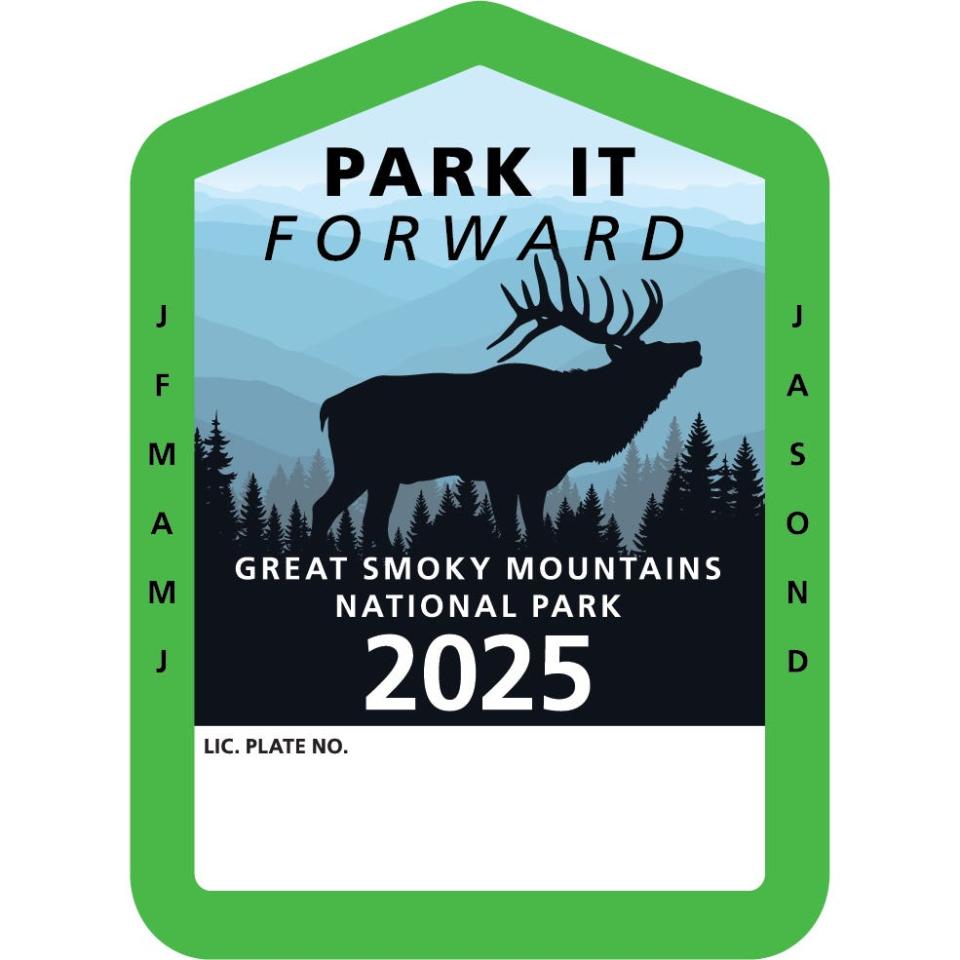
“This is a legacy program that we’ll see the benefits of not just tomorrow, not just a year from now — we’re talking decades from now,” said Emily Davis, the park’s public affairs specialist. “This is a historic moment in this park’s timeline, and we’re excited to see what we can do with it, where we can go with it, and how this benefits our future stewards of this special place.”
The Park It Forward parking tag program represents a massive shift for the park, which had never had any fees associated with trailhead and parking lot use. The change was controversial, especially in park gateway communities, but most of the general public agreed with the park’s assessment that serving more than 12 million visitors each year without an additional revenue stream was simply unsustainable.
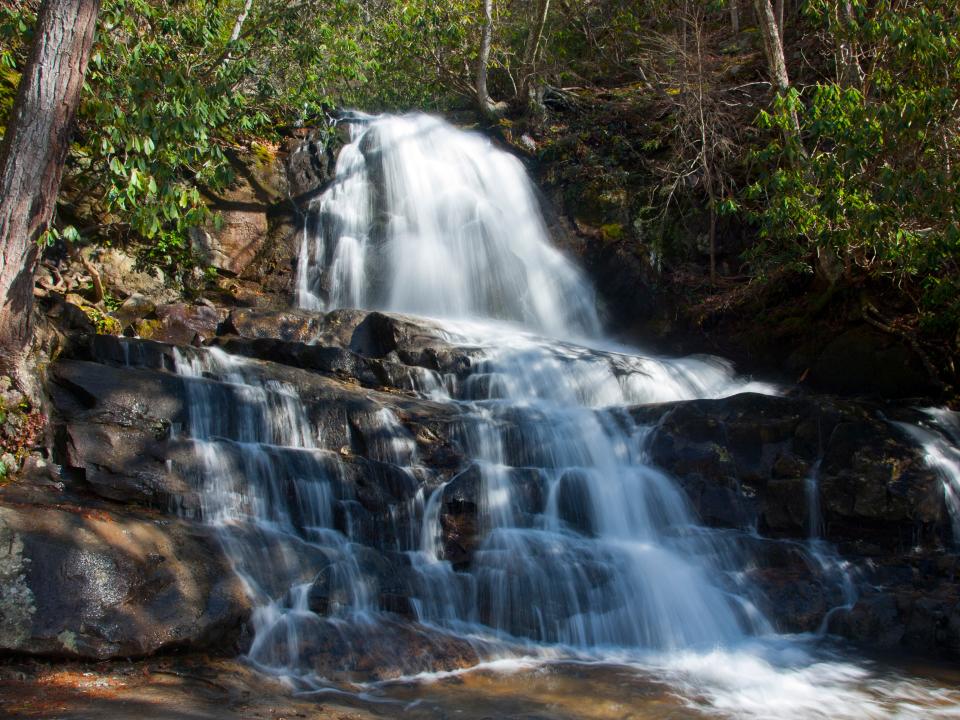
As visitation began increasing in the 2010s, and then through the pandemic and its aftermath, federal funds became progressively less adequate to meet the needs of a park whose annual visitation regularly exceeds that of Yellowstone, Yosemite and Grand Canyon national parks combined. These and other large national parks all charge entrance fees — something the Smokies’ enabling legislation prevents it from doing — and rely on congressional appropriations for less than half their budgets, whereas appropriations make up 80% of the Smokies budget. When Park It Forward was proposed in 2022, these parks were spending about $15 per visitor, while the Smokies was spending $2 per visitor. These financial realities forced the park to downsize its staff even as visitation soared to record heights.
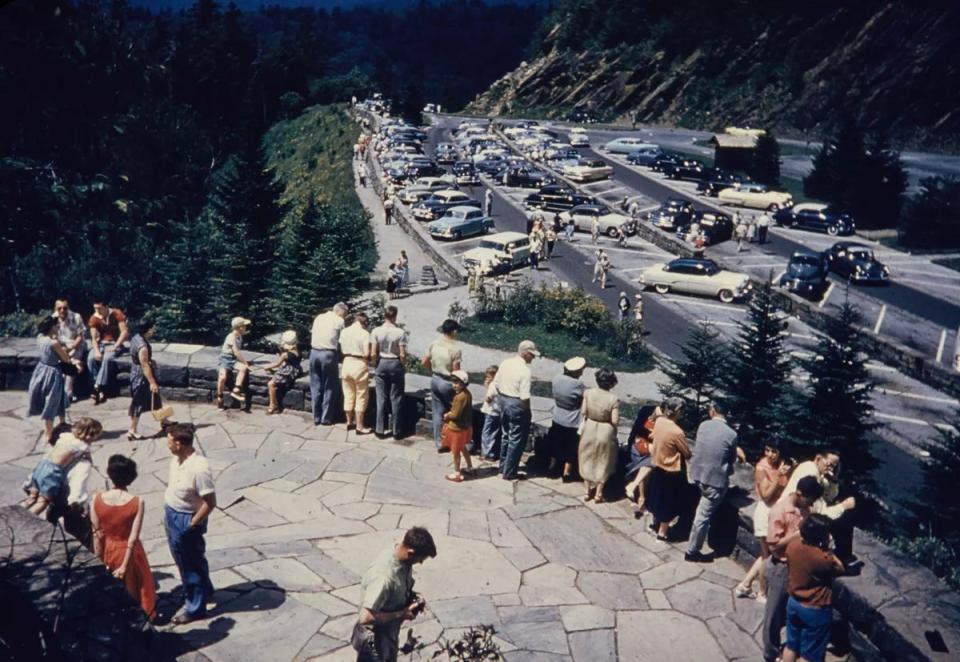
“National Park Service staff are really dedicated civil servants who are passionate about this park, and I think they get so frustrated with their limited ability to do their jobs and make a difference,” said Smokies Life CEO Laurel Rematore.
Rematore hopes Park It Forward proceeds will offer a “light at the end of the tunnel,” improving the Smokies experience for employees and visitors alike.
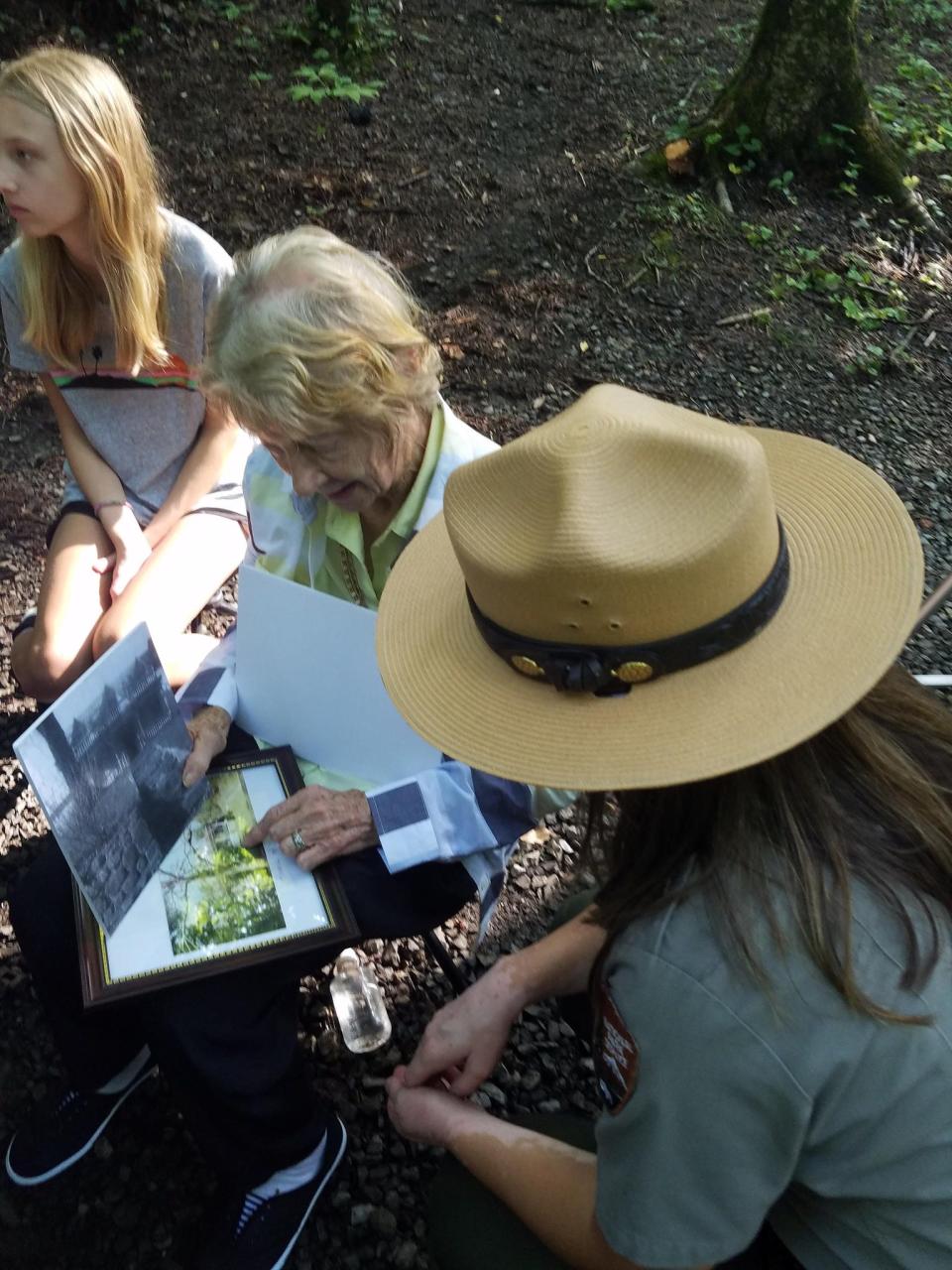
The park intends to use the money to hire 25 new employees, of whom 17 are already on board. Two new road maintenance workers will ensure road shoulders are repaired, potholes are patched, and damaged signs and fences are replaced more quickly than has been possible in the past. In their first year, eight new roving park rangers, hired in March 2023, have made more than 117,000 visitor contacts, picked up over 612 pounds of trash, and assisted with dozens of search and rescues, car accidents and wildlife incidents.

The remaining seven new employees work on the park’s Preventative Search and Rescue Team, a new program that aims to reduce the number of backcountry emergencies in the park.
“It’s really about meeting those hikers before they even start on their trip to make sure that they are fully prepared,” Davis said. “Education starts at the trailhead. It starts on the website. It starts by reading articles in the newspaper and understanding what the Smokies has in store for you.”
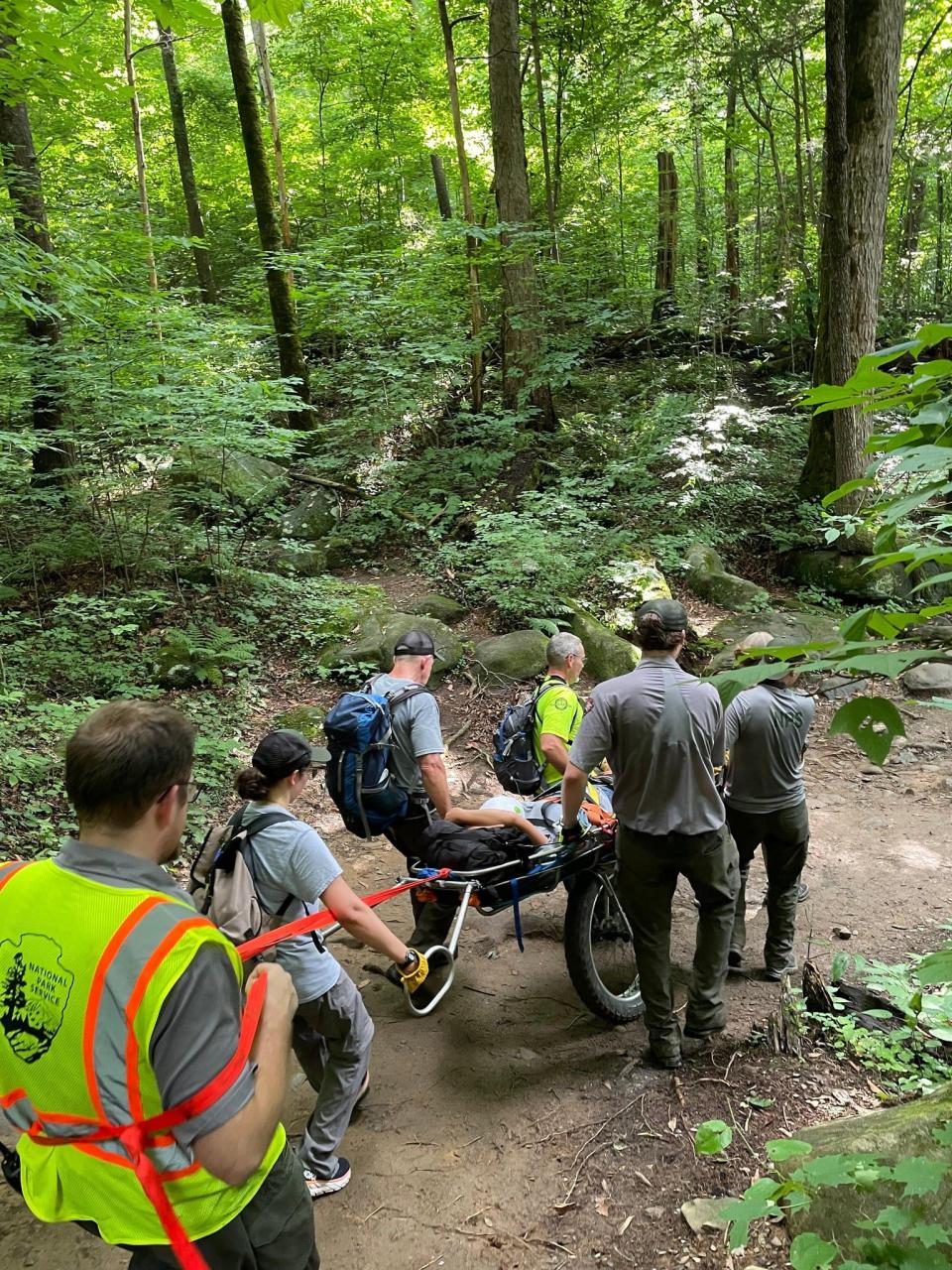
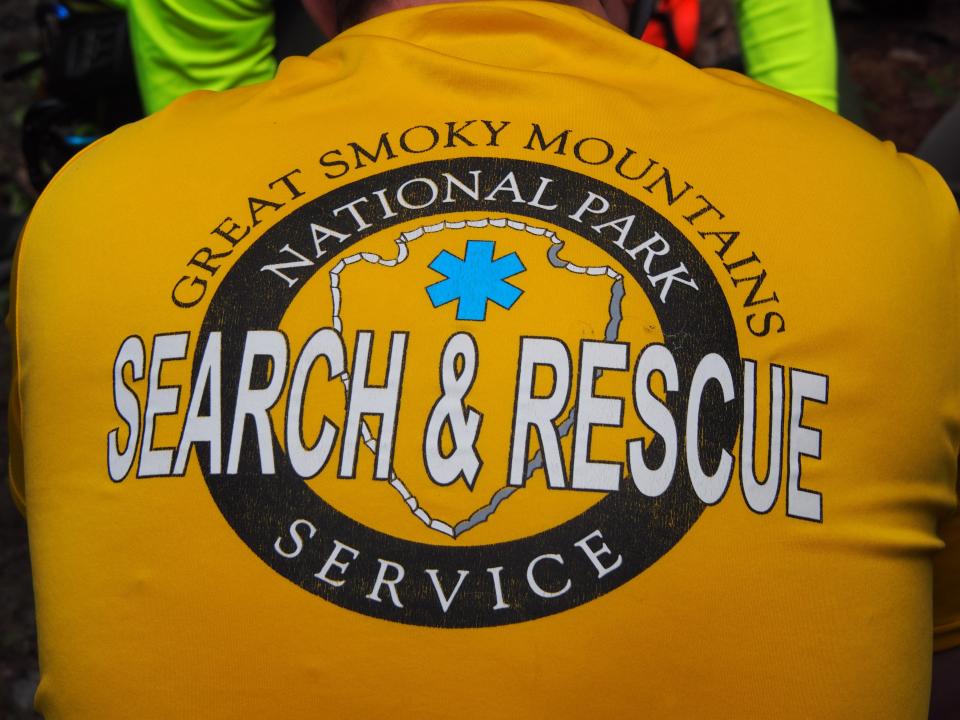
PSAR rangers help hikers understand the need to keep their adventures “Smokies SMART” — an acronym that stands for “Stay hydrated, Map your hike, Always wear proper clothing and footwear, Remember your flashlight, and Turn back when conditions change.” But PSAR rangers are also highly trained first responders, able to help when something does go wrong.
Recreation fee revenue will fund some more tangible improvements as well, including 50 new parking spaces at Laurel Falls Trailhead, rehabilitation work at Mingus Mill, accessible amenities and campsites at Look Rock Campground, horse stall replacement at Tow String Horse Camp, road resurfacing on Cosby Entrance Road, sidewalk replacements at Cosby Picnic Area and new steel bear-resistant dumpsters park-wide. The funds will also allow for a more frequent cleaning cycle at some of its most-used restrooms, such as those at Sugarlands Visitor Center, and improved maintenance of campgrounds and picnic areas.
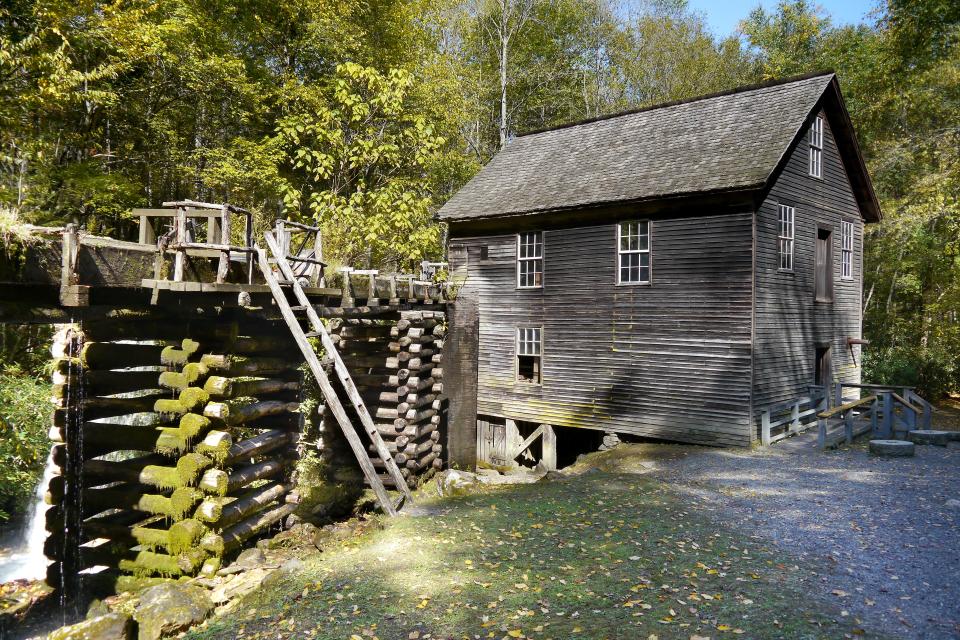
Recreation fee revenues must be used for projects tied to a direct visitor benefit. The park’s management team worked to prioritize potential projects and positions the fees might fund.
The fee funding raised during the first year these new recreation fees have been in effect is nearly triple the $3.1 million the park reaped from recreation fees in fiscal year 2022, the last full fiscal year without the Park It Forward program. This represents a roughly one-third increase to the budget the park would have had absent the 2023 fee changes.
“That is an enormous boost, and that is way more than Smokies Life or Friends of the Smokies could possibly provide to the national park in any given year,” Rematore said.
Combined, the park’s cooperating association partner Smokies Life and philanthropic partner Friends of the Smokies provide it with about $7 million in assistance each year. This money is meant to elevate visitor experience beyond the basic nuts and bolts of providing safe, sanitary, and operational facilities and infrastructure.
“The use of our funds was always intended to provide a margin of excellence to the national park,” Rematore said, “and more and more it was becoming part of the park’s basic operating needs.”
Now that Park It Forward funds are rolling in, Rematore hopes Smokies Life will eventually be able to shift back to focusing on the kinds of flagship projects and programs it exists to support. Already, there has been some promising movement. In 2019, Smokies Life and the National Park Service began discussing a partnership to expand the “woefully undersized” Cades Cove Visitor Center, but that conversation fell off with the onset of the pandemic. Now, the park service has invited Smokies Life to resume the discussion, something Rematore doesn’t think would have happened if not for Park It Forward.
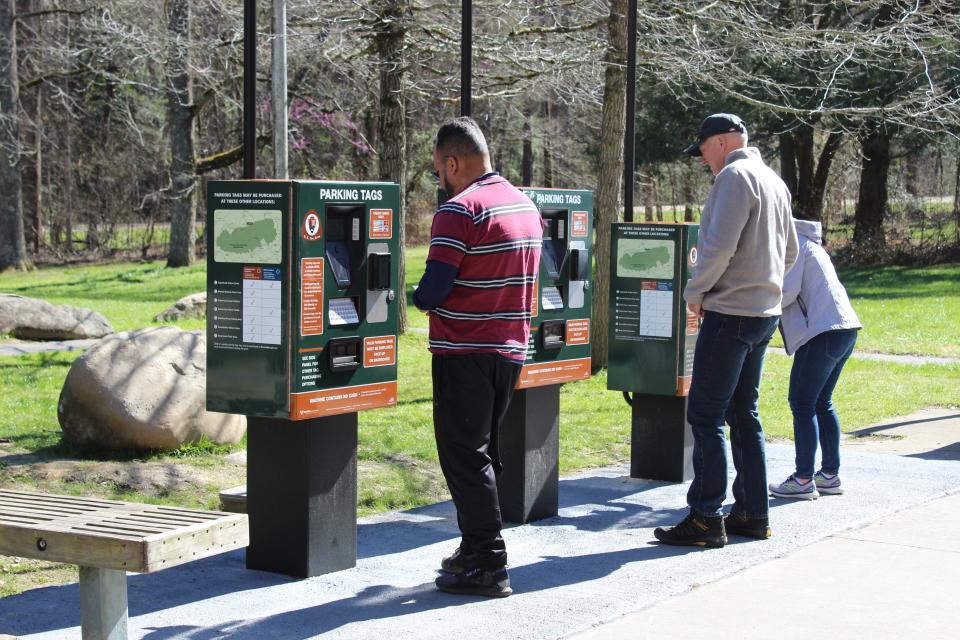
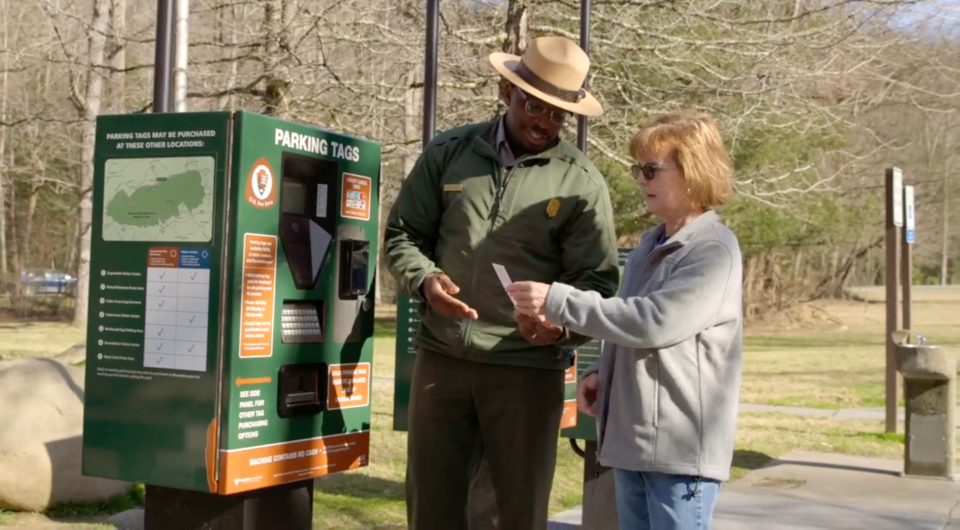
“Instead of trying to do more with less,” she said, “they get to be more thoughtful and deliberate.”
But true change will take time.
“We have a long way to go to address almost 90 years of wear and tear on park facilities, and to reduce the strain on park employees,” Davis said. “We’re beginning to restore staffing levels and address the various needs throughout the park. I will say, though, that’s not all possible to fix overnight. It does take time, and we’re excited to take these first steps.”
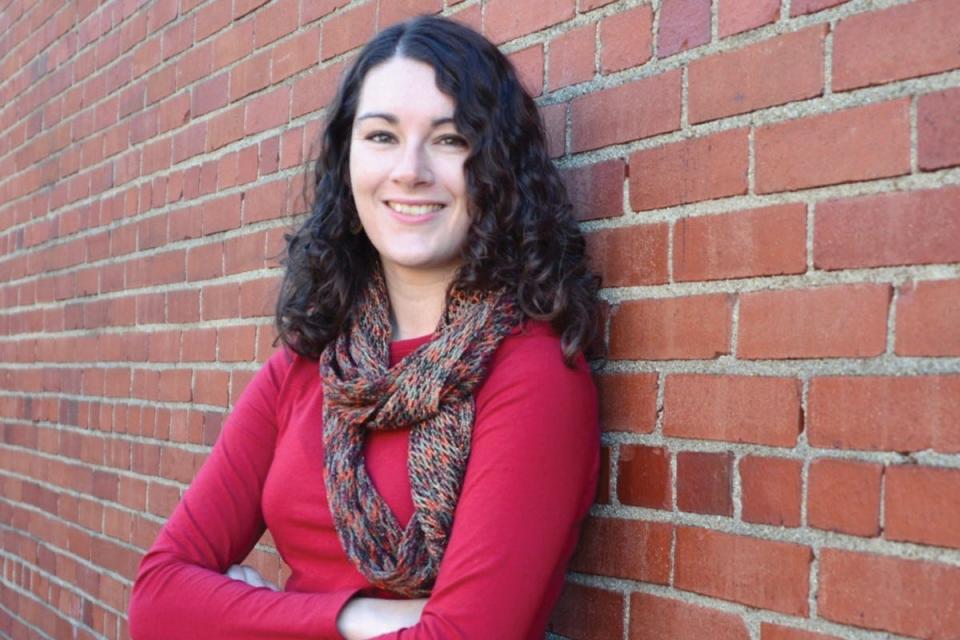
Holly Kays is the lead writer for the 29,000-member Smokies Life, a nonprofit dedicated to supporting the scientific, historical, and interpretive activities of Great Smoky Mountains National Park by providing educational products and services such as this column. Learn more at SmokiesLife.org and reach the author at hollyk@smokieslife.org.
This article originally appeared on Asheville Citizen Times: Word from the Smokies: 1 year of Park It Forward

